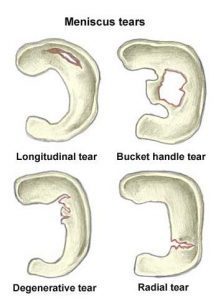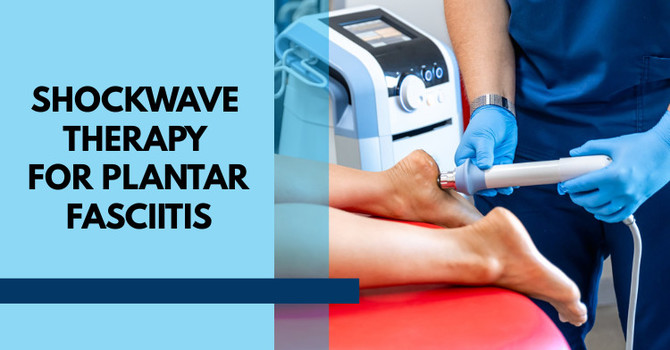
What is a meniscus tear?
A meniscus tear is a common knee injury. The meniscus is a rubbery, C-shaped disc that cushions your knee. Each knee has two menisci (plural of meniscus)-one at the outer edge of the knee and one at the inner edge. The menisci keep your knee steady by balancing your weight across the knee. A torn meniscus can prevent your knee from working right.
A torn meniscus is one of the most common knee injuries. Any activity that causes you to forcefully twist or rotate your knee, especially when putting the pressure of your full weight on it, can lead to a torn meniscus.
Each of your knees has two menisci — C-shaped pieces of cartilage that act like a cushion between your shinbone and your thighbone. A torn meniscus causes pain, swelling and stiffness. Your knee might feel unstable, as if it’s going to collapse.
Conservative treatment — such as rest, ice and medication — is sometimes enough to relieve the pain of a torn meniscus and give the injury time to heal on its own. In other cases, however, a torn meniscus requires surgical repair.
What are the symptoms?
There are three types of meniscus tears. Each has its own set of symptoms.
With a minor tear, you may have slight pain and swelling. This usually goes away in 2 or 3 weeks.
A moderate tear can cause pain at the side or center of your knee. Swelling slowly gets worse over 2 or 3 days. This may make your knee feel stiff and limit how you can bend your knee, but walking is usually possible. You might feel a sharp pain when you twist your knee or squat. These symptoms go away in 1 or 2 weeks but can come back if you twist or overuse your knee. The pain may come and go for years if the tear is not treated.
In severe tears, pieces of the torn meniscus can move into the joint space. This can make your knee catch, pop, or lock. You may not be able to straighten it. Your knee may feel “wobbly” or give way without warning. It may swell and become stiff right after the injury or within 2 or 3 days.
If you are older and your meniscus is worn, you may not know what you did to cause the tear. You may only remember feeling pain after you got up from a squatting position, for example. Pain and slight swelling are often the only symptoms.
Treatment
There are different grades or levels of meniscus tears. Usually, we can look at what kinds of physical symptoms a patient presents with to determine if they is a candidate for our type of treatment. Fortunately, most meniscus tears are not severe enough to warrant surgery. Here are some of the things we look for when grading a meniscus tear:
Pain level: If you are having pain, but are able to walk and straighten the leg without it locking up, it’s probably a mild tear. However, if there is severe pain and you are unable to straighten your leg no matter how hard you try, it’s probably a severe tear.
There are other indicators we look for such as the amount of swelling, intolerance to certain movements such as a squat, and response to specific orthopedic tests.
If we determine after examination and testing that the meniscus tear is mild to moderate, we can begin treatment. The treatment consists of something called Active Release Techniques. This is a soft tissue treatment system designed to break down scar tissue in muscle, but it also works wonders with meniscus problems. The reason is that when the meniscus tears, it loses its proper alignment in the knee and in effect loses its ability to slide correctly when the knee is moved back and forth. Using Active Release, we are able to restore the proper position of the meniscus. There are also many muscles and ligaments that surround the knee joint capsule and two muscles whose tendons attach directly to the meniscus. By treating these structures, we can take pressure off of the injured joint which will accelerate healing times considerably while also restoring proper movement patterns to the knee.



